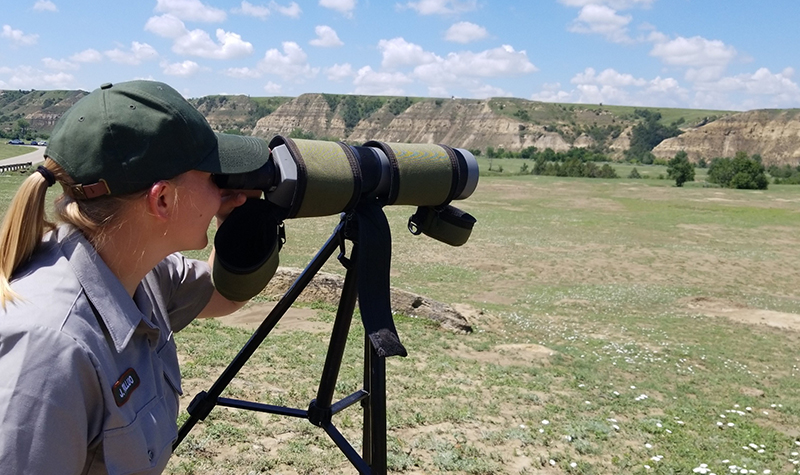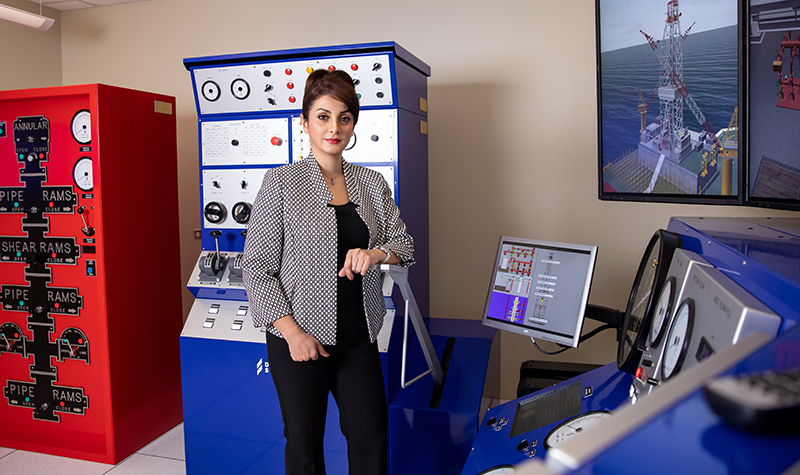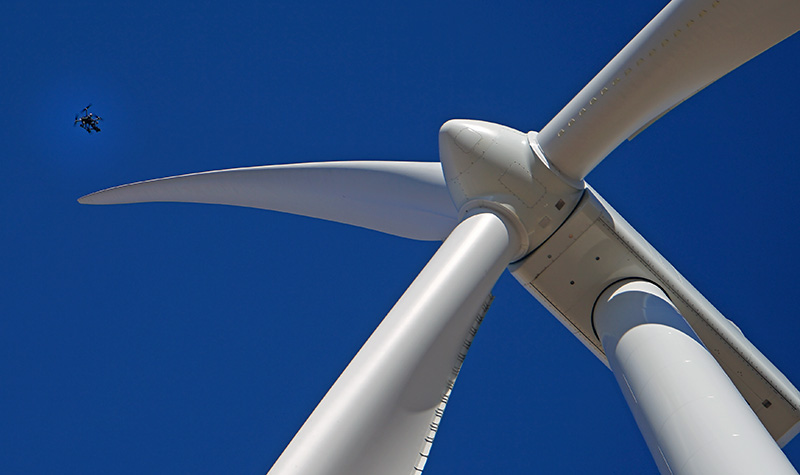UND research and North Dakota: Western North Dakota
By focusing on North Dakota-centric topics such as Rural Health, UND strives to conduct research that benefits the entire state

Editor’s note: In this special issue, UND Today is highlighting the statewide impact of UND researchers and research. We’re doing this by publishing roundups on five key North Dakota topics, including Rural Health, Autonomous Systems and Western North Dakota. Then in each roundup, we’re listing and linking to recent UND Today pieces that show how the University’s work is affecting that topic.
This roundup: Western North Dakota
Although “Western North Dakota” as a topic is much smaller in scope than “Rural Health,” let alone “Energy” or “Space and National Security,” this roundup in today’s issue of UND Today could include as many links to stories as our four other roundups combined.
That’s because almost all of the research described in today’s other roundups impacts Western North Dakota, not just the Red River Valley or other points East.
Here’s an example. As noted in Machine learning at UND pumps up North Dakota’s oil production, which is listed and linked to elsewhere in today’s issue, Assistant Professor Minou Rabiei does much of her work on artificial intelligence at her UND keyboard. Nevertheless, the sum of her calculations leads to greater oil production out West.
Rabiei, who teaches petroleum engineering, studies ways of squeezing more oil out of North Dakota rock.
So, as the story shows, “Rabiei’s keyboard is one of the world’s strongest amplifiers, turning her keystrokes into the practical equivalent of kilotons of additional force.”

Another previously linked-to story with similar impact on Western North Dakota is this one: Big rig for petroleum engineering is big deal. The students who train on the Department of Petroleum Engineering’s new $40 million, unique-in-the-world drilling and completion laboratory may study at UND. But after graduation, those who stay in North Dakota likely will live in the West, and their skills will benefit the regional economy there (as well as the state’s).
Bridging disciplines for safer commutes, linked to in our Autonomous Systems roundup, pictures UND Assistant Professor Sattar Dorafshan standing on the Sorlie Bridge in Grand Forks. But as the story describes, there are 5,000 bridges in North Dakota, and making them easier to inspect – as Dorafshan’s research may do – will improve highway safety everywhere, including Mandan, Minot and Beach.
Today’s stories on Rural Health obviously have a Western North Dakota angle. These include UND, Sanford Health announce behavioral health collaboration, which describes a new service specifically designed to help rural communities; Rising to the occasion, describing the Mountain Plains Mental Health Technology Transfer Center outreach programs, which also are geared for rural communities with limited access to behavioral health services; Center for Rural Health turns 40 and Serving all of Rural America, both of which report on rural services offered by UND; and O Pioneers, a 50th anniversary celebration of UND’s physician assistant training program, graduates of which staff a great many clinics throughout Western North Dakota.

Because Western North Dakota is home to many of the state’s energy resources, many of the stories linked to in today’s Energy and Environmental Sustainability roundup describe improvements being made out West. UND, Airtonomy receive state’s first Microsoft AI for Earth Grant, for example, describes how Grand Forks-based Airtonomy and UND are researching how to monitor bird and bat mortalities at wind energy sites, using UAVs.
Winds of Change also focuses on wind energy, describing fascinating research to develop electrostatic filters to continuously clean the oil in wind-energy turbines. One of these years, cars will be equipped with similar technology, meaning owners might be able to drive tens of thousands of miles between oil changes, proponents of the method suggest.

Pipeline safety is the subject of several stories, including iPipe puts pipelines on path to zero spills, Engineering students team up with industry, and PIG in a pipeline. Anything that can improve pipeline safety will protect not only cities and towns, but also oil and gas fields and personnel, UND researchers know. That’s a win-win-win for the state, one that makes all of North Dakota a safer, cleaner and more prosperous place to live.
Other stories that describe energy research that stands to benefit Western North Dakota include Going underground, about an Energy and Environmental Research Center carbon-capture project; Modern alchemy: UND aims to turn corn stalks, stems & leaves into jet fuel, which describes a consortium of research laboratories, led by UND, that’s working to turn corn waste into jet fuel; and UND research: Open for business, which notes how the University’s Institute for Energy Studies is helping North Dakota’s small businesses with their R&D.
As for the research described in the space and national security roundup, its impact on the Western part of the state may seem less obvious at first. But the history of the Unmanned Aerial Systems ecosystem that sprouted in Grand Forks is instructive in this regard; for just as that UAS ecosystem developed, so, too, can space and national security projects take root throughout North Dakota and grow.

Twenty years ago, there was no such ecosystem, in Grand Forks or anywhere else. Today, Vantis – the nation’s first nation’s first statewide UAS beyond-visual-line-of-sight (BVLOS) network – has been announced; and Vantis’s installation will start in the western part of the state, “Come fly with the Hawks” reported in November.
That means North Dakota – not just Grand Forks – is primed to become America’s epicenter of commercial UAS activity. And as Gov. Doug Burgum said on the occasion of Vantis’ debut, “progress in the UAS industry will benefit all North Dakotans, including those who work in energy and agriculture, as we lay the foundation for innovative technologies and diversify our economy.”



